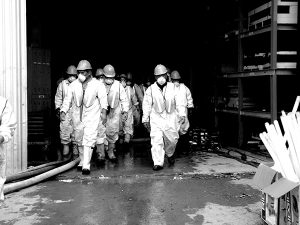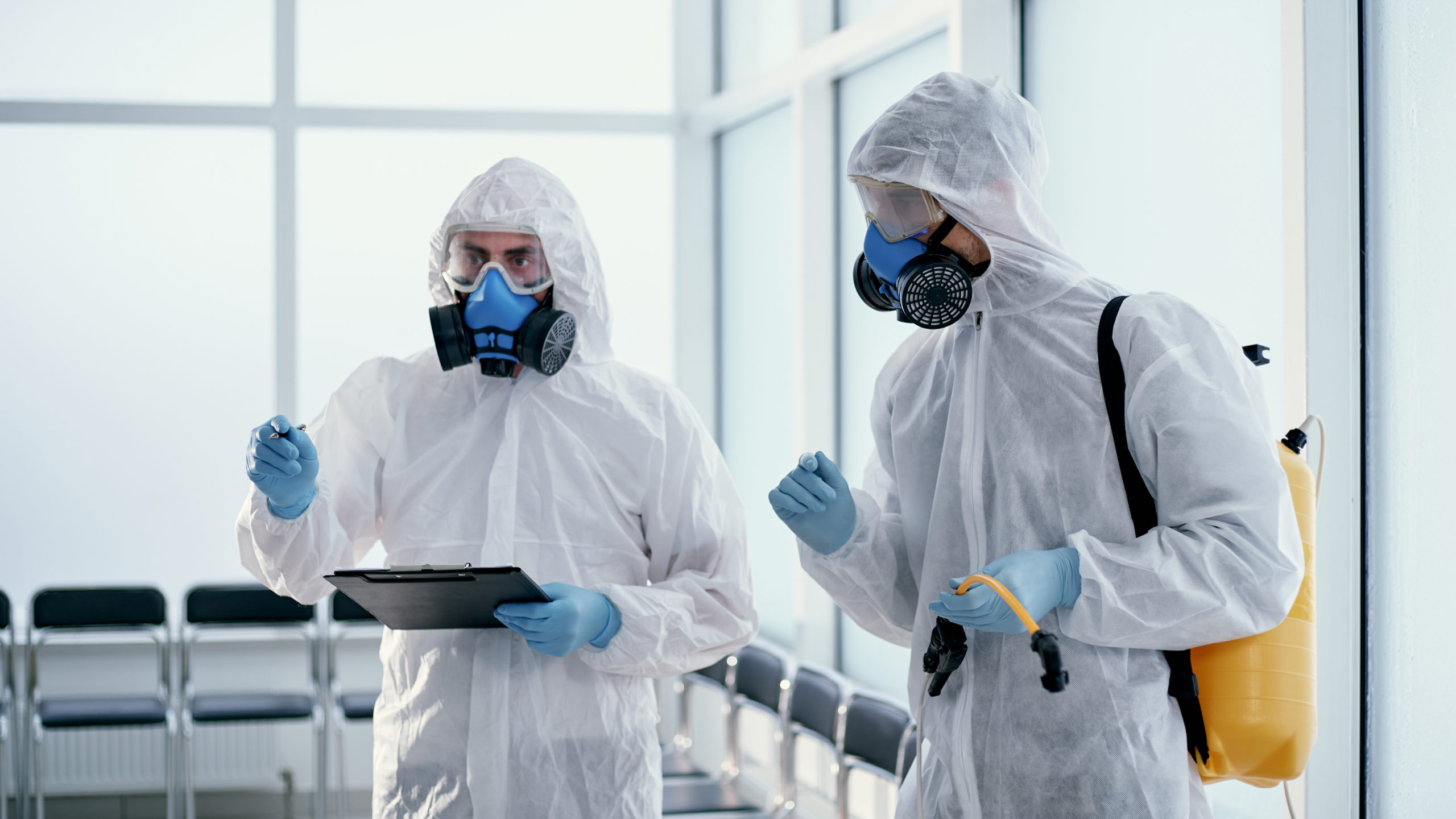Biohazard Removal: Safe Handling and Disposal of Hazardous Materials
Biohazard Removal: Safe Handling and Disposal of Hazardous Materials
Blog Article
Professional Biohazard Cleaning for Crime Scenes, Trauma Incidents, and Polluted Areas
In the world of professional biohazard cleaning, careful interest to detail and adherence to safety protocols are extremely important. As we dig right into the ins and outs of biohazard cleaning for these sensitive atmospheres, a deeper understanding of the challenges and vital treatments entailed will emerge, shedding light on the vital duty of professional cleanup services in bring back safety and tranquility of mind.

Significance of Biohazard Clean-up
Biohazard cleaning adhering to criminal offense scenes and injury cases is critical for guaranteeing the security of individuals and the environment. When these occurrences take place, they commonly leave a range of biohazards such as blood, physical liquids, and various other potentially infectious products. These compounds can harbor harmful virus like infections and microorganisms, presenting severe health threats if not appropriately cleansed and sanitized.
Professional biohazard clean-up solutions are trained to manage these hazardous materials securely and successfully. They have the necessary devices, such as individual protective gear and specialized cleaning representatives, to thoroughly sanitize the influenced locations. By entrusting the clean-up to skilled professionals, people can prevent direct exposure to dangerous virus and avoid the spread of infectious diseases.
Furthermore, proper biohazard cleaning is essential for securing the environment. Incorrect disposal of biohazardous materials can infect dirt, water resources, and air, positioning a danger to wild animals and the ecological community. By complying with strict clean-up protocols, professionals can ensure that biohazards are safely eliminated and disposed of in accordance with policies, decreasing the danger of environmental contamination.
Kinds of Biohazards Encountered
Different harmful materials commonly encountered in criminal offense scenes and injury occurrences existing significant wellness risks if not managed appropriately. Blood and physical liquids are amongst the most typical biohazards located in these situations.
An additional sort of biohazard commonly encountered is sharp things like needles, busted glass, and various other things that can create injuries and send infections. Chemical hazards are likewise an issue, as criminal offense scenes may contain materials like tear gas, pepper spray, or medication production materials that require specific handling and disposal treatments to stop more injury.
Moreover, mold and bacteria development can occur precede where decay or long term exposure to wetness has actually happened. These microorganisms can launch toxins and allergens right into the air, positioning respiratory risks to those exposed. In general, biohazard clean-up experts need to be fully equipped and skilled to effectively manage these different types of harmful products to ensure the safety of themselves and others.
Equipment and Protective Gear
When resolving the crucial task of dealing with biohazards come across in criminal activity scenes and trauma incidents, the use of proper tools and safety equipment is vital to making sure the safety and security of individuals involved in the clean-up procedure. Specialized cleansing devices like biohazard disinfectants, sharps, and bags containers are essential for the secure collection and disposal of contaminated materials. Ensuring that all equipment is appropriately maintained, on a regular basis evaluated, and made use of according to safety and security standards is vital in reducing the threat of exposure to biohazards throughout cleaning operations.
Cleaning Process and Strategies
Efficient and complete cleanup of biohazardous products from criminal offense scenes and trauma occurrences calls for meticulous attention to detail and adherence to stringent safety and security protocols. The clean-up process usually entails a number of vital actions. Originally, the area has to be examined to identify the extent of contamination and the proper cleaning techniques needed. Next, all biohazardous products, including blood, physical liquids, and cells residues, should be thoroughly removed and disposed of in accordance with local guidelines.
Adhering to the removal of biohazardous materials, the affected location goes through an extensive cleaning and sanitation procedure. This step involves using specialized cleaning agents and tools to ensure that all traces of contamination are eradicated. After cleansing, the location goes through rigorous testing to validate that it is safe and free of any type of continuing to be biohazards.

Purification and Disposal Treatments
To make certain complete decontamination and appropriate disposal of biohazardous products, adhering to the precise cleanup procedure, specific treatments need to be thoroughly followed with strict adherence to safety and security protocols. Purification includes the removal or neutralization of impurities to decrease the risk of direct exposure and spread of harmful substances. This procedure commonly includes cleaning, disinfecting, and sterilizing the afflicted area utilizing specialized equipment and EPA-approved chemicals.
Once purification is completed, correct disposal of biohazardous products is vital to stop additional contamination or injury. Biohazardous waste, such as bodily liquids or blood-soaked products, have to be very carefully collected, packaged, and classified according to regulatory guidelines. ATP testing. These materials are after that transferred to certified centers for disposal with appropriate networks, making certain conformity with regional, state, and federal laws

Final Thought
Finally, expert biohazard cleaning is important for making certain the secure and reliable elimination of hazardous products from criminal offense helpful resources scenes, trauma occurrences, and infected areas. By utilizing specialized devices, safety equipment, and following correct cleanup procedures and methods, biohazard cleaning teams can properly dispose and sanitize of biohazards, reducing the risk of exposure and damage to individuals and the atmosphere.
As we dig into the complexities of biohazard clean-up for these sensitive atmospheres, a deeper understanding of the obstacles and crucial procedures entailed will certainly emerge, losing light on the essential role of specialist clean-up solutions in recovering security and tranquility of mind.
Expert biohazard cleaning services are educated to deal with these hazardous products securely and properly. By following stringent clean-up procedures, specialists can ensure that web link biohazards are securely gotten rid of and disposed of in accordance with laws, lessening the risk of environmental contamination.
On the whole, biohazard cleanup specialists have to be well-appointed and experienced to successfully manage these numerous kinds of hazardous materials to guarantee the safety of themselves and others.
When resolving the crucial task of managing biohazards experienced in criminal offense scenes and trauma occurrences, the usage of appropriate tools and protective gear is paramount to making sure the safety go to the website and security of individuals included in the clean-up procedure.
Report this page